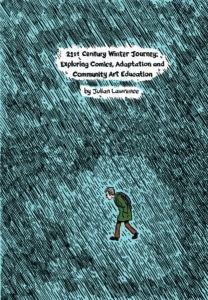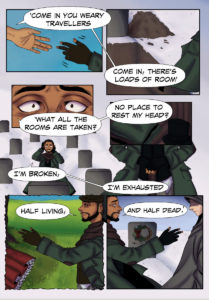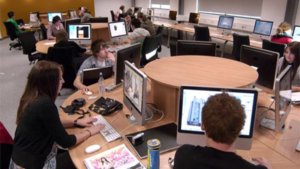The School of Arts & Creative Industries at Teesside University, welcomed its first cohort of Curator apprentices recently and is looking forward to growing numbers on the unique programme. Professor Sarah Perks and Dr Paul Stewart comment on the success and popularity of this groundbreaking new apprenticeship
Teesside University are the first university to launch the Curator apprenticeship, leading the way with a highly experienced professional team and building on the reknowned work of MIMA (Middlesbrough Institute of Modern Art), an international art gallery and museum that sits at the artistic heart of the School of Arts & Creative Industries on the Teesside University campus.

The Curator apprenticeship is embedded into the MIMA programme, allowing apprentices access to all resources and also for students following the non-apprenticeship route to contribute to a range of events, projects and exhibitions as part of their learning. It benefits from a knowledgeable and vastly experienced team leading sessions, including our Professor of Curating, Sarah Perks, Dr Paul Stewart, Elinor Morgan (Artistic Director at MIMA), Helen Welford and Dr Pippa Oldfield – all based within the school. Tutors for the first module include Daniella Rose-King (Tate) and independent curator, George Vasey, with guest speakers including Emily Pringle (Tate) and Sophia Hao (Cooper Gallery, Dundee).
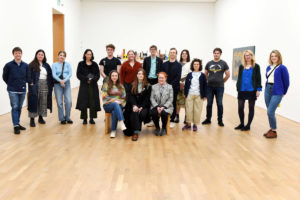
Professor Perks said
“Starting the first Level 7 Apprenticeship in Curating has been such a fabulous journey for myself and my colleagues in the school and MIMA, we have been so excited during the design and implementation of the course and to be able welcome the first cohort to Middlesbrough has made it very real.
We have an even larger cohort for the next intake and a whole new module focused on access, inclusion and working with collections (of all types), with a large group joining us from the National Trust, as far away as Penzance!
We’re getting more and more enquiries from outside of museums and galleries which is really exciting. It’s also helping our research into curatorial strategies too, where we are very focused on activity with local communities and nature recovery.”

The Curator apprenticeship benefits from an intesive block delivery model, with apprentices required to attend 3 one-week blocks of learning across each year of the 2-year course. On completion of the apprenticeship the award of MA Curating is received alongside the Curator Apprenticeship.
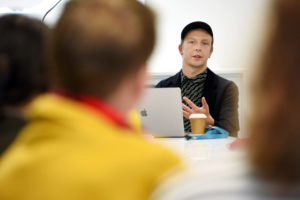
Dr Stewart comments
“It was a fantastic experience to work with such a diverse and passionate group across multiple areas of curating, from galleries to archives across collections and public programming. The course has really developed a fantastic peer group and solidifed the need to further establish new ways of learning and teaching across the arts and curatorial sectors that support new and multiple entry points.
The apprenticeship builds on the work MIMA already does, connecting art, people and ideas to empower creative lives and positively contribute to the community.”
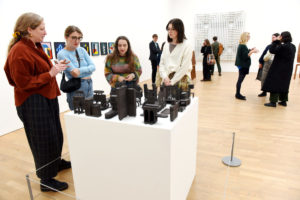
Further information about the Curator Apprenticeship
in the School of Arts & Creative Industries at
Teesside University can be found here






